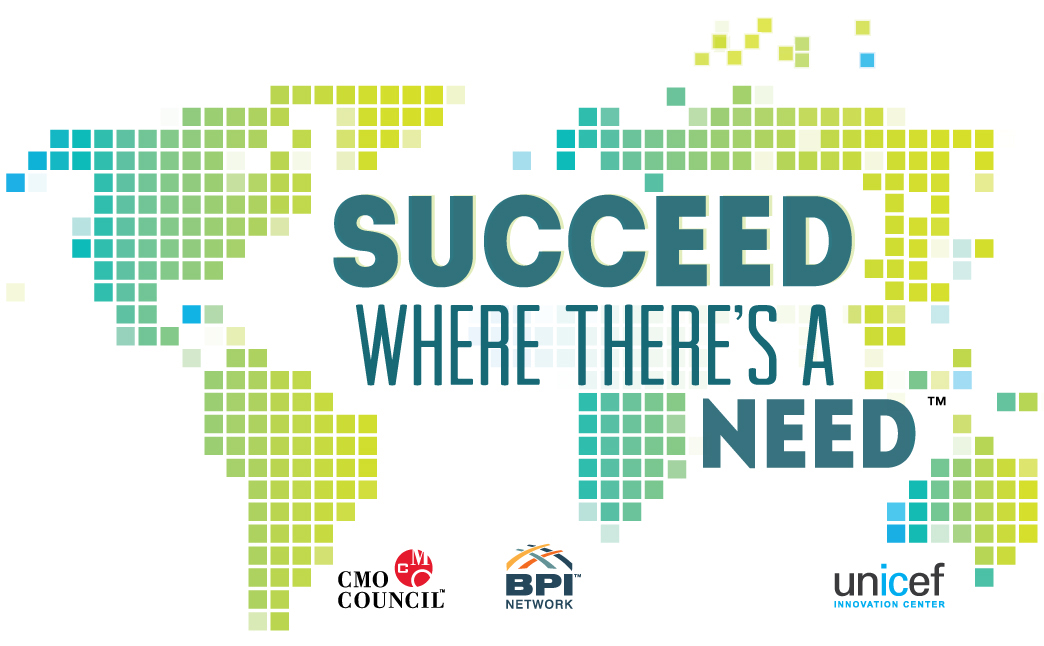Global CHALLENGES
Here you will find the most pressing challenges facing the developing world today. UNICEF Innovation Center is actively looking to find innovative solutions to address these challenges. Your brilliant idea could be the one to make the difference. Register to submit your idea for how to address a specific challenge.
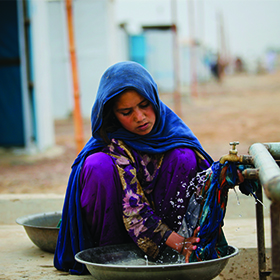
Last Mile Access
Focus Area Access to Water
Country All
Challenge Description
to submit an idea
Innovative technologies can do more than change the way we interact with the world - they have the power to change lives.
About 1.1 billion people in developing countries have inadequate access to water, and 2.6 billion people lack basic sanitation. Each year, 3.4 million of those living without access to water die from a water-related disease. Nearly all those deaths, 99 percent, occur in the developing world. Additionally, millions of women spend hours each day collecting water; hours that could be spent ensuring many other basic needs of their families are met.
These factors increase the need for innovative technological solutions. But all too often those who would most benefit from these solutions never achieve access to them. Simple technologies have tremendous potential to improve the lives of people in remote and developing communities, especially children. Yet connecting these devices with the vulnerable and isolated villages most in need is difficult because of awareness, cost and distribution challenges.
Can your technology help reach the last mile? Submit your ideas by Signing in or Registering!
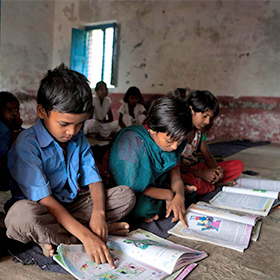
Last Mile Access
Focus Area Access to Education
Country All
Challenge Description
to submit an idea
Innovative technologies can do more than change the way we interact with the world - they have the power to change lives.
Today, 121 million children worldwide do not receive an education. Incredibly, nearly a billion people entered the 21st century unable to read a book or sign their names. More than 72 million children of primary education age are not in school and 759 million adults are illiterate. Factors linked to poverty double the risk of children not receiving any education at all or dropping out before basic skills are acquired.
These factors increase the need for innovative technological solutions. But all too often those who would most benefit from these solutions never achieve access to them. Simple technologies have tremendous potential to improve the lives of people in remote and developing communities, especially children. Yet connecting these devices with the vulnerable and isolated villages most in need is difficult because of awareness, cost and distribution challenges.
Can your technology help reach the last mile? Submit your ideas by Signing in or Registering!

Last Mile Access
Focus Area Access to Alternative Energy
Country All
Challenge Description
to submit an idea
Innovative technologies can do more than change the way we interact with the world - they have the power to change lives.
1.6 billion people around the world do not have access to electricity. 85% of these people live in rural areas far away from the grid. Even for those who have access, seasonal changes and difficult terrains can make electricity unreliable at best. This means people have to search for alternatives, which are often costly and harmful to the environment. Alternative solutions exist, but are not reaching the most vulnerable populations.
These factors increase the need for innovative technological solutions. But all too often those who would most benefit from these solutions never achieve access to them. Simple technologies have tremendous potential to improve the lives of people in remote and developing communities, especially children. Yet connecting these devices with the vulnerable and isolated villages most in need is difficult because of awareness, cost and distribution challenges.
Can your technology help reach the last mile? Submit your ideas by Signing in or Registering!
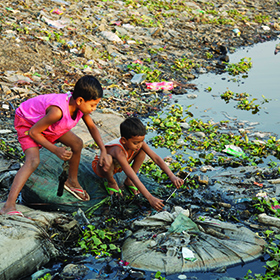
Last Mile Access
Focus Area Access to Sanitation
Country All
Challenge Description
to submit an idea
Innovative technologies can do more than change the way we interact with the world - they have the power to change lives.
Approximately 2.6 billion people around the world lack any sanitation whatsoever, and 1.1 billion still practice open defecation. More than 200 million tons of human waste goes untreated every year. In the developing world, 90 percent of sewage is discharged directly into lakes, rivers and oceans. And even in developed countries, cities depend on old, rickety sewage systems that are easily overwhelmed by a heavy rain. Untreated sewage adds up to a major public health crisis that kills an estimated 1.4 million children each year. That's one child every 20 seconds, or more than AIDS, malaria and tuberculosis combined.
These factors increase the need for innovative technological solutions. But all too often those who would most benefit from these solutions never achieve access to them. Simple technologies have tremendous potential to improve the lives of people in remote and developing communities, especially children. Yet connecting these devices with the vulnerable and isolated villages most in need is difficult because of awareness, cost and distribution challenges.
Can your technology help reach the last mile? Submit your ideas by Signing in or Registering!
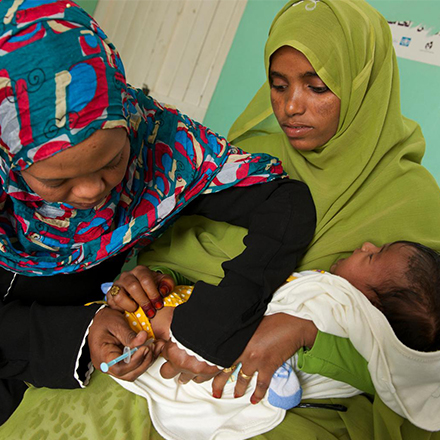
Last Mile Access
Focus Area Lack of Access to Health Care
Country All
Challenge Description
to submit an idea
Innovative technologies can do more than change the way we interact with the world - they have the power to change lives.
One billion people around the globe lack access to adequate health care. This especially affects those living without access to water and nutrition, and who lack proper sanitation. This means that millions of people die every day from diseases that could have been prevented. Each year, over 7.5 million children under the age of five die from malnutrition and other preventable diseases. Incredibly, nearly 800 women die every single day due to complications in pregnancy and childbirth. And diseases like HIV and Malaria are killing millions of people in developing countries every year.
These factors increase the need for innovative technological solutions. But all too often those who would most benefit from these solutions never achieve access to them. Simple technologies have tremendous potential to improve the lives of people in remote and developing communities, especially children. Yet connecting these devices with the vulnerable and isolated villages most in need is difficult because of awareness, cost and distribution challenges.
Can your technology help reach the last mile? Submit your ideas by Signing in or Registering!
